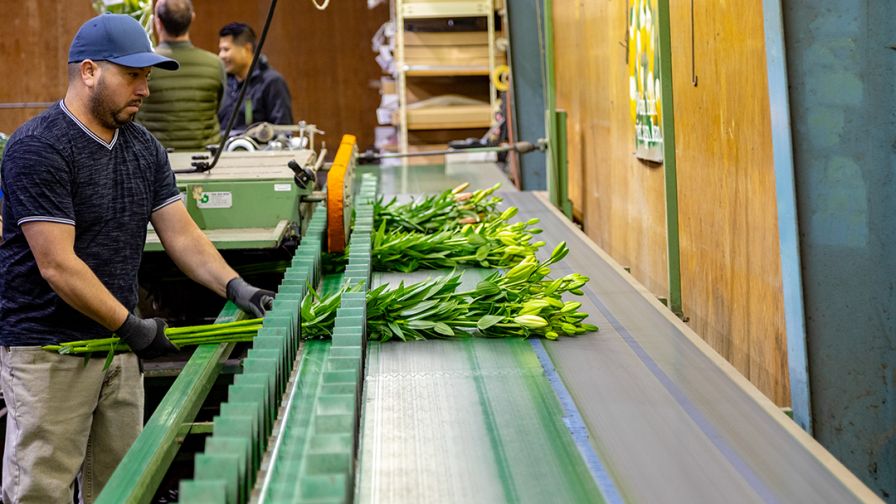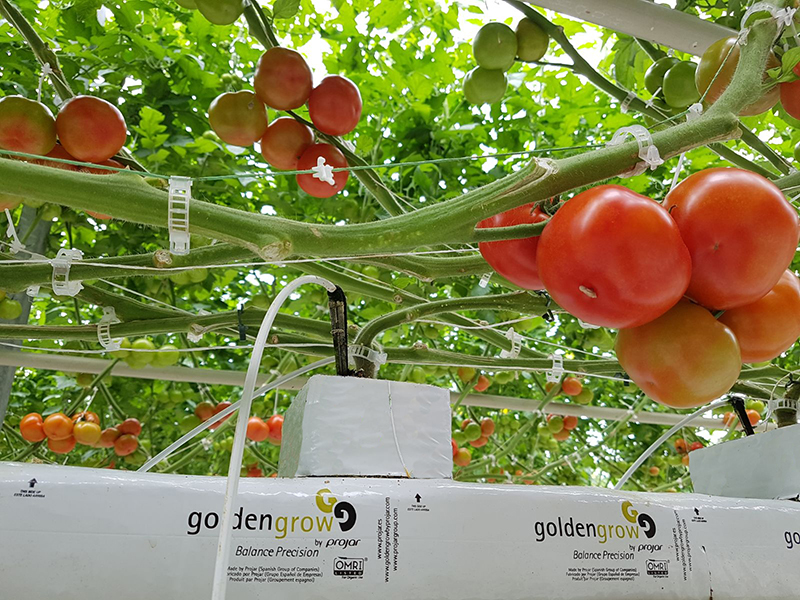How to Audit the Safety of Your Greenhouse Facility and Business

Photo: Hortica
Safety audits are considered a best practice, especially for large and mid-sized employers. For a busy greenhouse, an audit can help you identify risks in your facility — such as slip and fall liabilities, fire hazards, and chemical exposures — to help you uncover areas where you may need stronger risk management practices.
While your greenhouse may not seem as dangerous as construction sites or manufacturing operations, your business is still prone to many common risks, most of which can be reduced with the right protocols in place. More often than not, workplace injuries and accidents are the outcomes of minor issues that could have been identified by conducting a workplace safety audit.
Benefits of Performing Safety Audits
A safe workplace can run more efficiently and help you avoid work-related incidents and OSHA violations. Regularly occurring safety audits may help to offer measurable benefits to your business, as well as your employees, vendors, and customers, including:
- Improved workforce safety
- Fewer accidents, injuries, and illnesses
- Lower workers’ compensation costs
- Fewer legal liabilities
- Less regulatory uncertainty and compliance risk
- Improved efficiency and productivity
- Improved employee morale and retention
Plan Ahead Before Beginning Your Audit
It’s important to determine the focus of your safety audit and the team that will perform the audit before starting. Since an audit measures current practices against the current standards in your safety program, make sure you have the process documentation available for the tasks you’ll be auditing. It’s helpful to review any prior audit reports for safety recommendations to ensure your plan is working effectively.
To determine the scope of the audit, focus on common tasks your team performs, highlight a particular issue, or target higher risk circumstances, such as:
- Work areas around slip, trip, and fall hazards such as carts, ladders, hoses, and wet floors
- Areas with overhead hazards such as falling objects
- Work involving potentially harmful substances like pesticides
- Working around ventilation units, boilers, or flammable liquids
- Tasks with lifting requirements that may result in back and muscle injuries
- Tasks involving driving or delivery activities
Depending on your resources, you may develop an internal audit team or hire external consultants that specialize in safety services. If you plan to use an internal auditing team, the more diverse the team, the broader the perspective. Involve stakeholders such as your safety supervisor, facilities manager, and employees, and consider including your insurance provider who is equally committed to helping you reduce losses.
Conduct Your Audit
With your audit team identified and your scope defined, you’re ready to conduct the safety audit. If it’s been some time since your greenhouse conducted a safety audit, the first inspections may seem slow or awkward, but over time they’ll become more efficient. Try these helpful guidelines:
- Set the tone. Communicate that the safety audit is a tool to track progress toward safety objectives and gather input from workers as part of a process improvement effort.
- Use a checklist. An audit checklist built around the scope of your review, along with any supportive documentation, prompts a thorough review.
- Take photos and notes. Assign your audit team specific documentation tasks. Record any unsafe actions or conditions observed. Document hazards by taking a photo or brief video that can be reviewed after the audit.
- Look for hazards. Think about what hazards are associated with the job you’re observing or the tasks being performed in the work area.
- Observe task performance. Are workers following safe work procedures and using personal protection equipment (PPE)? Are safe lifting techniques being followed?
- Talk to workers. Have conversations about what they’re doing. Ask about their safety concerns.
Document any task variations, your observations of work conditions, plus any input from your workers. An audit isn’t just observational, it’s conversational, too. Talking with employees who operate machinery or follow the procedures being audited can provide beneficial insight. They can describe how things operate, what works well, and what could be done differently.
Create a Findings Report
After completing the audit, compile all the findings into a concise, well-documented report. Strive for a report that’s objective and describes actions that are working well and those that aren’t. Clearly outline potential outcomes where improvements are needed. For each area of improvement, develop recommended actions. This allows leadership to develop a timeline for what goals need to be met, how they will be reached, and who is going to do it.
Prioritize Risk Mitigation
The goal of a safety audit is to help you reduce a hazard now before it becomes a loss later. Focus on any corrective actions that need immediate attention. Managers and supervisors can set priorities based on the hazard level.
Use these best practices as a guide:
- Correct serious hazards or unsafe work methods immediately. For example, if you find a ladder with a loose or damaged rung, remove it from use and replace it. Most damaged ladders can’t be safely repaired.
- Assign all tasks with completion dates.
- For less serious hazards, assign someone to correct each one and document the update.
- Set a follow-up date for larger issues, such as equipment maintenance.
Communicate the Findings and Work Together
Being proactive with your communication and engaging your entire workplace in safety planning helps mitigate the risk of future incidents or dangerous violations. Review your audit findings during an employee safety meeting or post the audit results with a read requirement in an employee area. It’s important that all employees understand their role in maintaining a safer workplace.
Creating a culture of safety in your greenhouse operation is important for the success of your business and your employees. A safer workplace can help reduce business interruptions and protect your bottom line. Because your insurance provider is committed to helping you reduce losses, they’re also interested in your business’s overall approach to safety. Talk with your insurer and local experts who know your specific circumstances to discuss your safety concerns and whether safety visits could help keep your business running smoothly.










